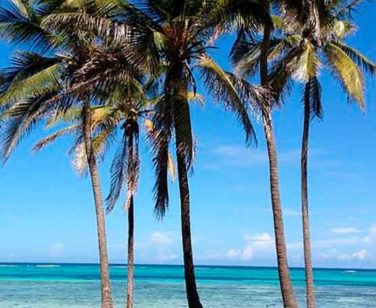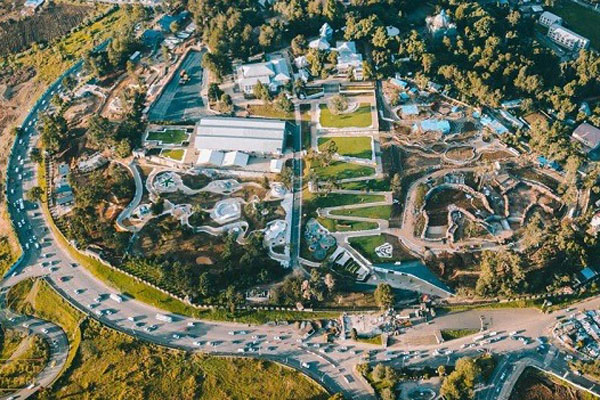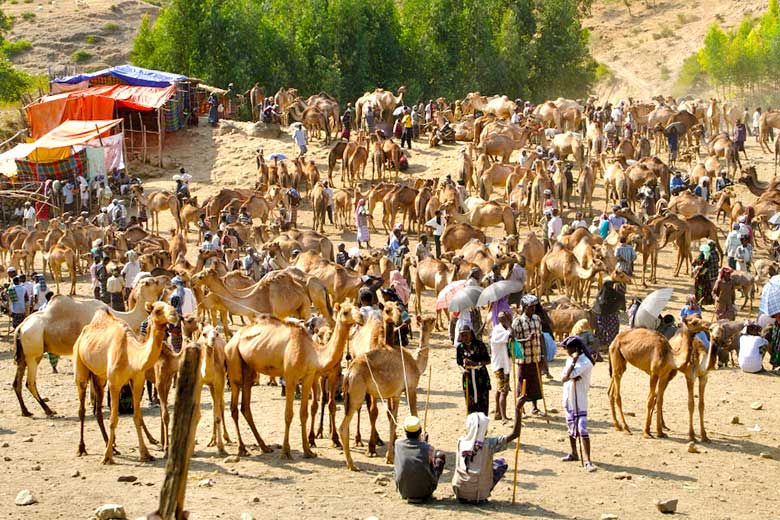Lalibela is a town in northern Ethiopia that is famous for its 11 monolithic rock-cut churches. Lalibela is one of Ethiopia's holiest cities, second only to Aksum, and is a centre of pilgrimage for much of the country. Unlike Aksum, the population of Lalibela is almost completely Ethiopian Orthodox Christian. The layout and names of the major buildings in Lalibela are widely accepted, especially by the local clergy, to be a symbolic representation of Jerusalem. This has led some experts to date the current form of its churches to the years following the capture of Jerusalem in 1187 by the Muslim soldier Saladin.
Long Historical Journey
Lalibela is located in the Semien Wollo Zone of the Amhara ethnic division (or kilil) at roughly 2,500 meters above sea level. It is the main town in Lasta woreda, which was formerly part of Bugna woreda.
The major Aksumite monuments in the town are stelae. These obelisks are around 1,700 years old and have become a symbol of the Ethiopian people's identity. The largest number are in the Northern Stelae Park, ranging up to the 33-meter-long (3.84 meters wide, 2.35 meters deep, weighing 520 tonnes) Great stelae, believed to have fallen and broken during construction. The Obelisk of Axum (24.6 meters high, 2.32 meters wide, 1.36 meters deep, weighing 170 tonnes) was removed by the Italian army in 1937, and returned to Ethiopia in 2005 and reinstalled July 31, 2008. This stelae was already broken into pieces before being shipped. The next tallest is the 24-meter (20.6 meters high above the front baseplate, 2.65 meters wide, 1.18 meters deep, weighing 160 tonnes) King Ezana's Stelae. Three more stelae measure 18.2 meters high, 1.56 meters wide, 0.76 meters deep, weighing 56 tonnes; 15.8 meters high, 2.35 meters wide, 1 meter deep, weighing 75 tonnes; 15.3 meters high, 1.47 meters wide, 0.78 meters deep, weighing 43 tonnes. The stelae are believed to mark graves and would have had cast metal discs affixed to their sides, which are also carved with architectural designs. The Gudit Stelae to the west of town, unlike the northern area, are interspersed with mostly 4th century tombs.






